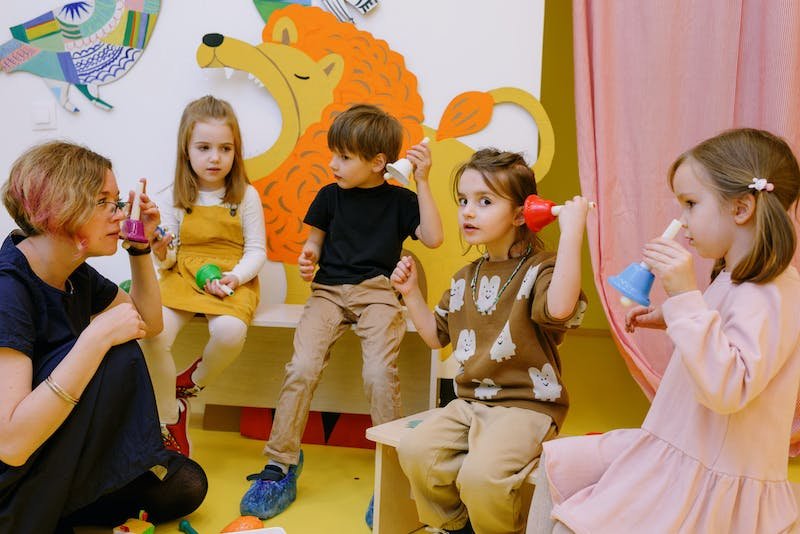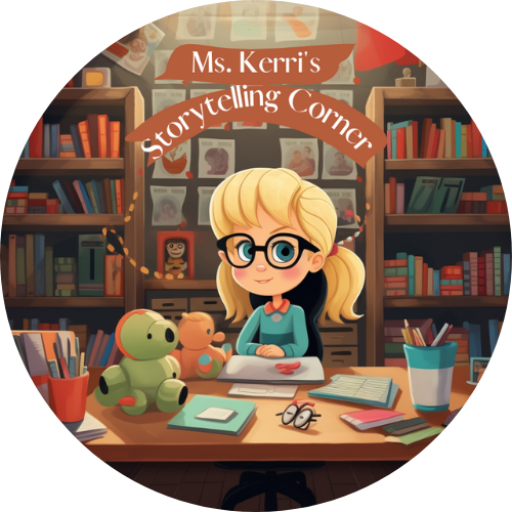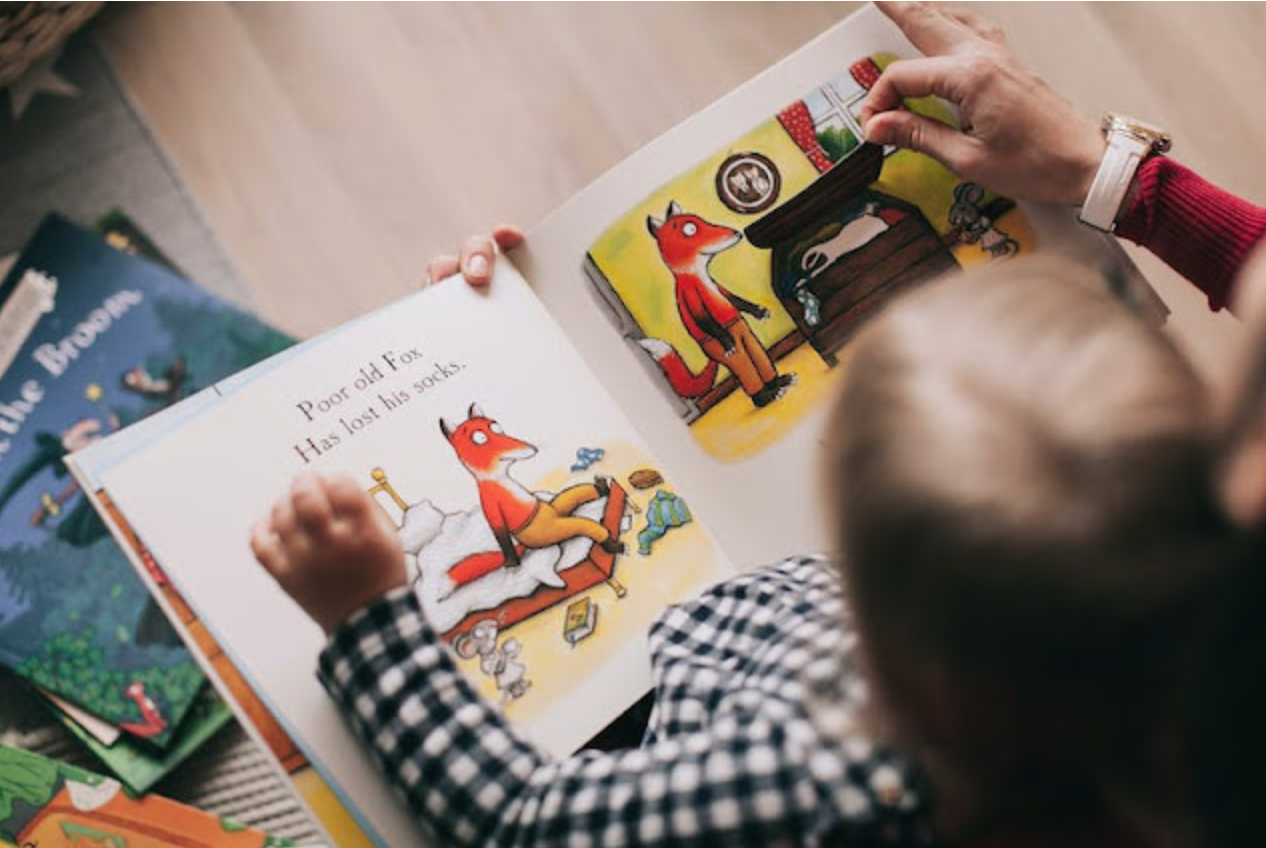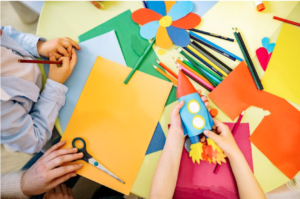Enlightening Young Minds: The Kaleidoscope of Diversity and Inclusion in Children’s Literature
Introduction
Welcome to a world of wonder, where words on a page ignite young minds and spark their imaginations. Children’s books are not just whimsical tales; they hold within their pages the power to shape little hearts and minds.
In our increasingly diverse society, it is essential to teach children about acceptance, empathy, and the beauty of differences. By embracing the rich tapestry of humanity through literature, we can foster a generation that celebrates diversity and inclusion.
Importance of teaching diversity and inclusion to children
In today’s interconnected world, it is vital that children grow up with an understanding of the diverse individuals they will encounter throughout their lives. Teaching diversity and inclusion provides them with valuable tools for navigating relationships, promoting equality, and combating prejudice. By instilling these values from an early age, we empower children to become compassionate global citizens who appreciate the richness found in our multicultural society.
Diversity education allows children to develop an appreciation for different cultures, races, ethnicities, genders, orientations, abilities, religions—each layer adding depth to our collective human experience. It fosters respect by highlighting that no one culture or perspective is superior or inferior; instead it encourages curiosity about others’ experiences while affirming one’s own identity.
Role of children’s books in promoting understanding and empathy
Children’s books have an unparalleled ability to capture young hearts with captivating stories and beautiful illustrations. They serve as windows into different worlds while also holding up mirrors that reflect a child’s own experiences back at them.
Through carefully crafted narratives featuring diverse characters facing various challenges or celebrating their identities joyously; these books allow young readers to develop empathy from a tender age. When children read stories that feature characters unlike themselves—whether it be from different cultural backgrounds or abilities—they are exposed to a range of perspectives and learn to appreciate the unique experiences of others.
This exposure fosters empathy, as children begin to recognize and relate to the universal emotions and struggles that connect us all, transcending superficial differences. Children’s books also offer a safe space for exploring difficult topics such as racism, discrimination, or exclusion.
By presenting these themes in an age-appropriate manner, authors can provide children with the tools to understand and challenge injustice. Through stories that promote acceptance and equality, young readers are encouraged to become agents of change in their own communities.
Overall, children’s books serve as powerful catalysts for critical conversations about diversity and inclusion. They plant seeds of curiosity, nurture empathy, and inspire children to embrace the beautiful tapestry of humanity.

High-level overview of diverse children’s books
Diverse children’s books are a treasure trove of stories that embrace the beautiful tapestry of our world. These books go beyond the conventional narratives, encompassing a rich range of cultures, races, genders, and experiences.
They break down barriers and open doors to understanding and empathy at an early age. By featuring characters from different backgrounds and exploring various themes related to diversity and inclusion, these books aim to foster a sense of belonging for all children, regardless of their own identities.
Definition of diverse children’s books
A diverse children’s book is one that represents underrepresented or marginalized communities accurately and respectfully. It can be written by authors from diverse backgrounds or be about characters who come from different ethnicities, races, genders, religions, disabilities, or socioeconomic statuses. These books emphasize inclusivity by offering a platform for voices and stories that are often overlooked or unheard in mainstream literature.

Benefits of reading diverse children’s books
The benefits of reading diverse children’s books extend far beyond entertainment—they have the power to shape young minds in profound ways. When kids read stories featuring characters different from themselves or with experiences unlike their own, they develop empathy and understanding for others’ lives.
By being exposed to a variety of perspectives through literature, they learn to appreciate diversity instead of fearing it. Diverse children’s books also help combat stereotypes by presenting authentic portrayals that challenge preconceived notions about certain groups or identities.
This exposure helps create well-rounded individuals who value equality and respect for every human being. Beyond social development benefits, reading diverse children’s literature also enhances cognitive skills such as critical thinking and problem-solving abilities as kids navigate unfamiliar ideas and perspectives within the narratives.
Cultural Diversity: Celebrating Different Cultures and Traditions

In today’s globalized world, it is essential for children to learn about and appreciate different cultures and traditions. Books that celebrate cultural diversity play a crucial role in fostering empathy, understanding, and respect among young readers.
These books introduce children to various customs, festivals, cuisines, and lifestyles from around the world. By immersing themselves in these stories, children can develop a sense of appreciation for the richness and uniqueness of different cultures.
Whether it’s exploring the vibrant colors of Holi in India or discovering the beauty of Japanese tea ceremonies, these books offer glimpses into diverse cultural experiences. They provide young readers with the opportunity to step into someone else’s shoes and understand that while we may be different on the surface, we share common emotions, dreams, and values at our core.
Another powerful aspect of promoting cultural diversity through children’s books is by showcasing characters from different backgrounds. Stories with racially diverse protagonists not only reflect our diverse society but also empower young readers who can see themselves represented in literature.
By featuring characters from various ethnicities, these books challenge stereotypes and provide opportunities for children to relate to individuals unlike themselves. When reading stories about characters overcoming obstacles or celebrating their heritage with pride, children gain a deeper understanding of how diversity enriches our world.
Racial Diversity: Addressing Identity & Breaking Stereotypes
Books that explore racial diversity are essential tools for teaching children about identity politics while breaking down harmful stereotypes. These stories encourage empathy by addressing racial identity formation as well as discrimination experienced by marginalized communities.
Stories with Racially Diverse Protagonists & Supporting Characters
Representation matters, and children’s books that feature racially diverse protagonists and supporting characters help foster inclusivity and promote understanding. These stories help children of all backgrounds recognize the beauty in our shared humanity while appreciating the unique experiences of individuals from different racial backgrounds.
Gender Diversity: Challenging Norms & Promoting Inclusivity
Books that challenge gender norms and promote inclusivity play a crucial role in shaping young minds. By presenting alternative perspectives to traditional gender roles, these stories encourage children to question stereotypes, embrace individuality, and develop empathy towards those who may not conform to societal expectations.
Stories featuring Strong Female Characters & Breaking Gender Stereotypes
Strong female characters in children’s books serve as powerful role models for both girls and boys. By showcasing girls who are brave, intelligent, ambitious, or adventurous, these stories empower young readers to challenge limiting beliefs about what it means to be a girl or a boy.
Click HERE to help your child learn to read in 90 days!

LGBTQ+ Representation: Fostering Acceptance & Understanding
Inclusive children’s books that introduce LGBTQ+ themes with sensitivity are essential for creating safe spaces for all children regardless of their sexual orientation or gender identity. By providing age-appropriate narratives that depict LGBTQ+ characters facing challenges or expressing love and acceptance, these stories contribute to reducing prejudice and promoting an inclusive society.
Stories with LGBTQ+ Characters: Fostering Acceptance & Understanding
Stories featuring LGBTQ+ characters help normalize diversity in family structures while encouraging empathy among readers. These narratives provide opportunities for open conversations about love, acceptance, and celebrating differences. They teach children the importance of embracing others for who they are without judgment or bias.
Niche Subtopics within Diversity & Inclusion in Children’s Books
A: Disability Representation: Promoting Inclusivity & Education
Books featuring disabled protagonists are instrumental in promoting inclusivity and educating young readers about different disabilities. By immersing themselves in the experiences of disabled characters, children can develop empathy, understanding, and respect towards individuals facing physical or cognitive challenges. These stories also highlight the importance of accessibility and advocate for a more inclusive society.
B: Socioeconomic Diversity: Exploring Disparities & Resilience
Children’s books that explore socioeconomic diversity provide valuable insights into economic disparities without stigmatizing those facing financial challenges. Stories depicting characters from different social and economic backgrounds help children understand the range of experiences people may have due to their circumstances. Such narratives also emphasize resilience, resourcefulness, and the strength of character that individuals with varying socioeconomic statuses possess.
C: Religious Inclusivity: Embracing Differences & Fostering Dialogue
Books showcasing various religious beliefs with respect contribute to fostering interfaith understanding among young readers. These stories promote dialogue while emphasizing common values shared by different religions.
By introducing children to diverse religious practices and beliefs through engaging narratives, they encourage curiosity, respect, and acceptance towards individuals with different faiths.

Ms. Kerri’s Corner provides a exciting virtual space for preschool learning. Through a variety of engaging activities, she exposes young minds to early math, literacy, science and social-emotional skills in a developmentally appropriate way. Centers for blocks, art, books and music allow children to explore hands-on learning at their own pace. Guided lessons subtly introduce number sense, letter sounds and narrative thinking. Careful observation gives insight into each child’s progress across domains. Viewers are also invited to participate, reinforcing that their ideas are valued. By making learning fun yet purposeful, Ms. Kerri lays the groundwork for future academic success while fostering creativity and imagination. Her program offers preschoolers valuable screen-based learning experiences.



